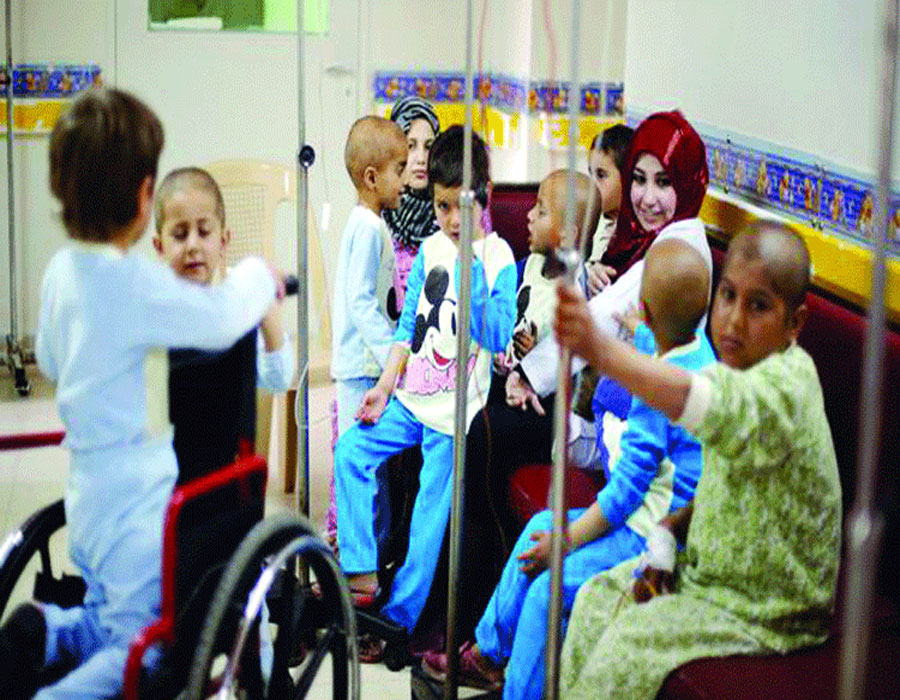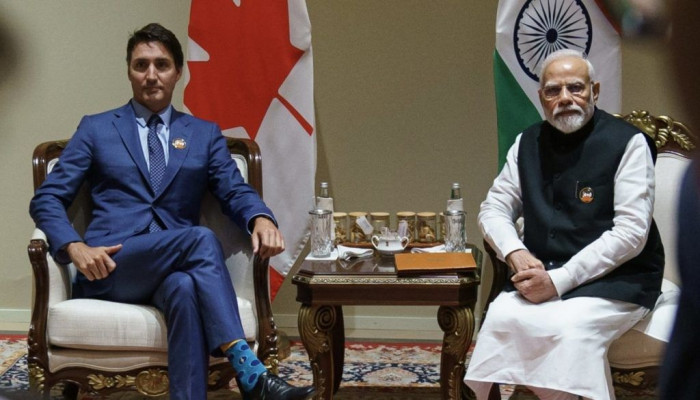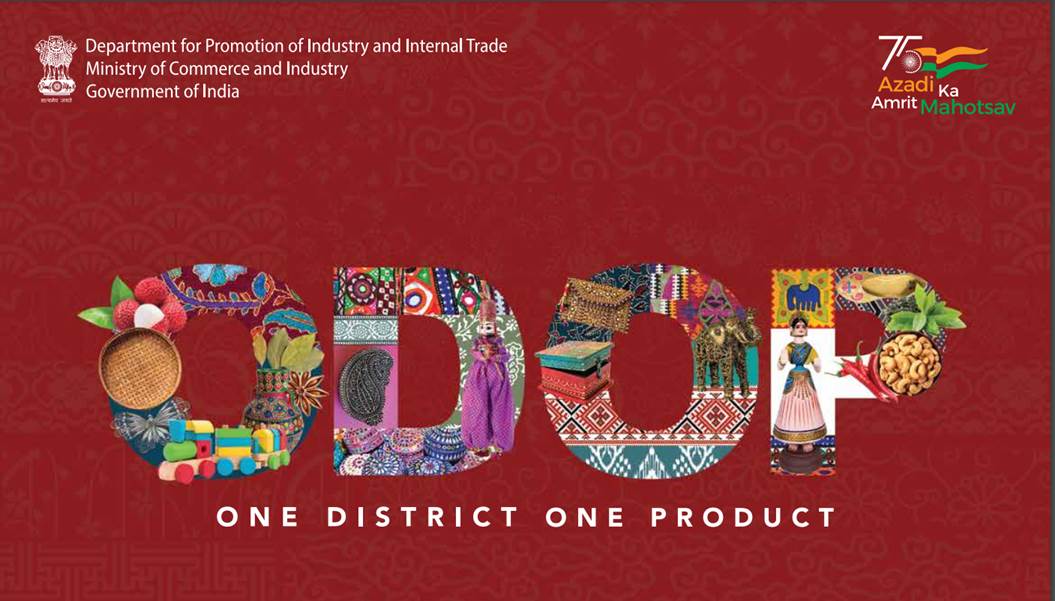The cancer survivor rate in children is over 80 per cent in developed countries; however, in lower-middle income countries, it’s only about 20 per cent
This was during the peak of the second wave of Covid-19 in India. A five-year-old boy was referred to us from Bareilly, Uttar Pradesh. His was a blood cancer case. He came at night with pallor, bleeding from the nostrils and had difficulty in breathing. We ruled out COVID-19, transfused blood, started antibiotics and did a bone marrow test that revealed a type of blood cancer called acute lymphoblastic leukaemia.
ALL, as we call this cancer, is one of the “better” cancers a child can have if one were to have a choice in these matters. It has a cure rate of more than 80-90 per cent. We informed his father and got on with our job. The boy had a bad fungal infection in his nose and lungs, akin to the “black fungus” which was doing the rounds those days. We started treatment for both; cancer and fungus, and thankfully got both under control in the next few weeks.
In cancer, it always takes a village to treat one child. We need doctors and nurses to deliver treatment, social workers to make the families understand the process and get documents ready for financial aid, a dietician to suggest the required diet, psychologists, and volunteers to give moral support to parents during this ordeal, voluntary blood donors, and so on.
Cancer is one of the most feared diagnoses in the paediatric age group. At present, in developed countries, more than 80 per cent of children diagnosed with cancer get cured of the illness and will become long-term survivors. However, as per WHO, in lower-middle-income countries, only about 20 per cent are expected to survive.
The hurdles for us are many. There are no screening tests for cancers in children. The symptoms of cancer like fever, bony pain, etc., mimic many other common illnesses in children. It takes an astute doctor to put things together and suspect cancer, failing which they die soon because childhood cancers are aggressive and grow fast.
Even when suspected, the fear and stigma of the disease paralyse and prevent some from seeking medical care. Many lives are lost in the hands of quacks who promise a cure without the “side-effects” of chemotherapy.
And finally, even from those who reach a hospital, many discontinue treatment while running around for “second opinion” or magical remedies. We recently analysed our data of 154 new childhood cancer cases diagnosed over 18 months, where 23 discontinued treatment and subsequently died. 11 cited poverty as the reason even though the children were getting treated for free through various schemes.
In centres such as ours, both governmental and non-governmental machinery starts rolling the minute a child steps into the hospital so that the family gets the best possible treatment without having to wait for arranging finances. Ayushman Bharat, Prime Minister’s Relief Fund, Chief Minister’s Relief Fund, Asadhya Rog Scheme, Rashtriya Arogya Nidhi, are some of the Government schemes that cater to children with cancer. Our country has the means and methods to support high-end radiotherapy, surgery and bone marrow transplant in these children, if needed. Despite all this, the sad fact is that there are many who still are not able to avail any of these.
September is “celebrated” as childhood cancer awareness month worldwide. WHO has set a goal of 60 per cent survival in childhood cancer by 2030 for low-and-middle income economies.
What is the way ahead for us? If a condition such as childhood cancer comes under the purview of a national policy with the involvement of government machinery right from tracking children with suggestive symptoms, getting them to a treatment centre, hand-holding them through the treatment, similar to what we did with COVID-19, then there is no looking back.
This process will have collateral benefits too. The network of care-providers gets strengthened, quality of diagnostics, hospital infection-prevention policy, nursing practices and documentation get refined. And of course, the joy of meeting a childhood cancer survivor who has gone on to make a life ahead makes every struggle worth it. Our own tussles and egos pale in comparison with what they have gone through and achieved.
The boy and his dad went home for a short break in between treatment and never returned. Maybe there were pressing concerns for his dadback home. The boy died after a month. The economical divide that exists in our country could not be more obvious. For some, life is something you get by chance. For them, there is no choice.
(The writer is Associate Professor and Head of the Department of PediatricHematology Oncology, Post-Graduate Institute of Child Health, Noida. The views expressed are personal.)
(Courtesy: The Pioneer)








 OpinionExpress.In
OpinionExpress.In















Comments (0)